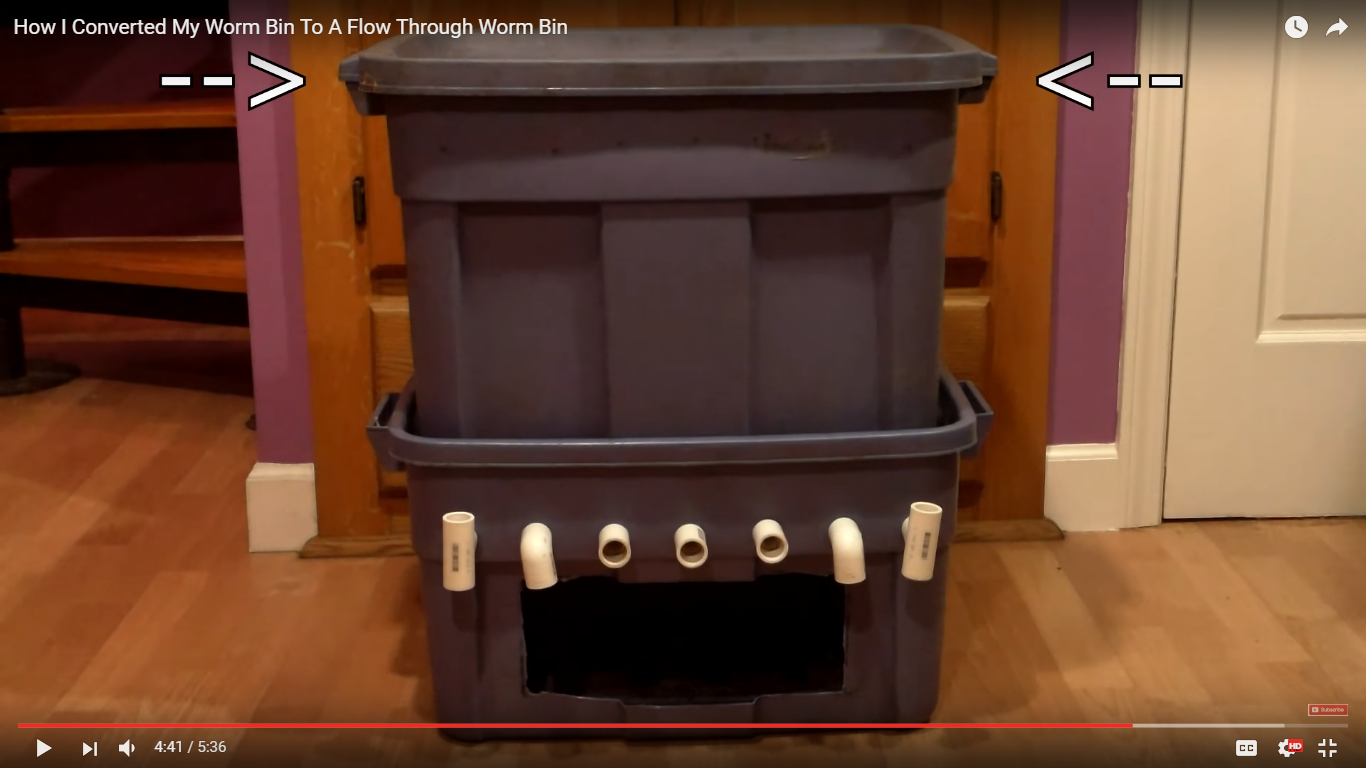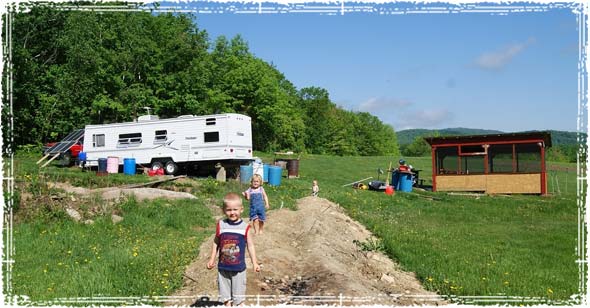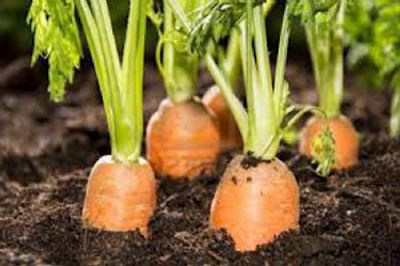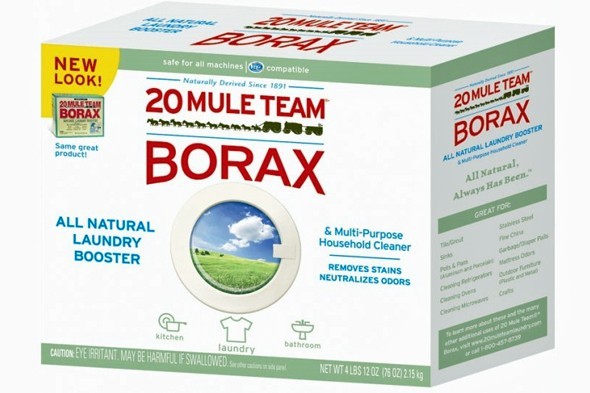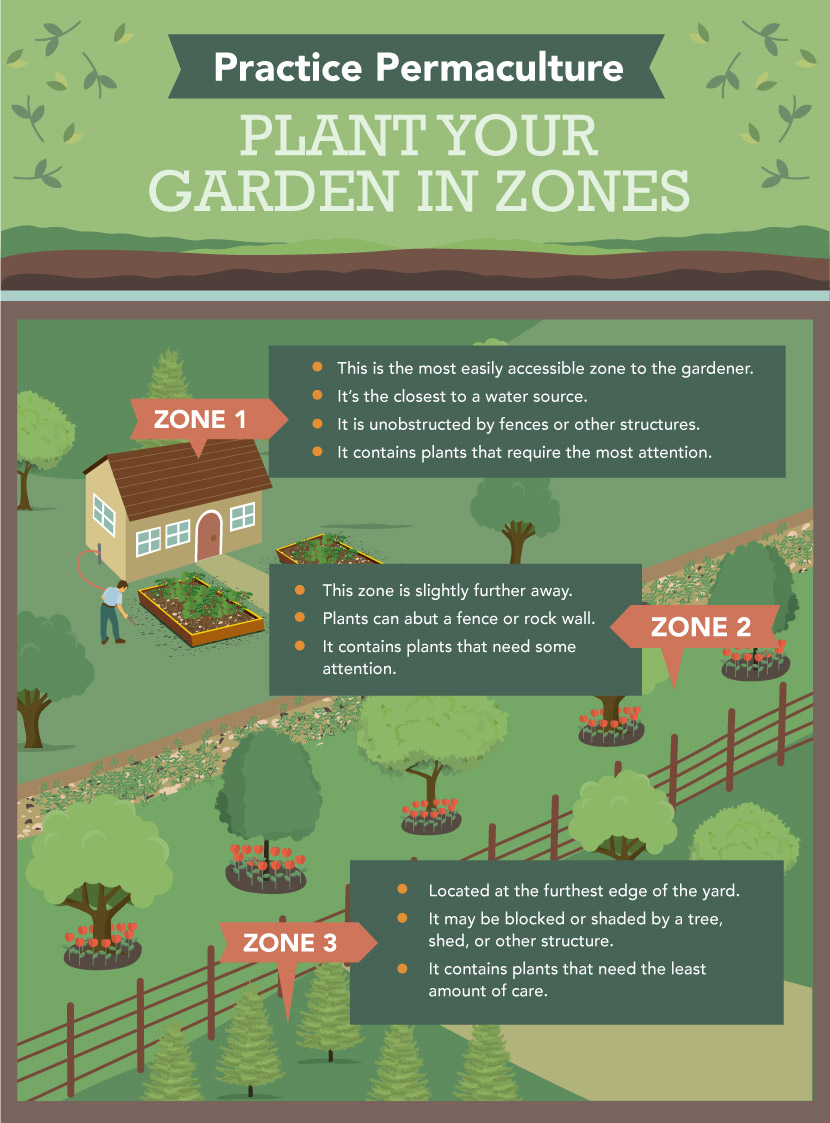How to Find Deals on Gardening Supplies
Whether you garden on a large-scale or simply have a patio garden, you’re probably always looking for good deals on gardening tools and supplies. The following suggestions will provide you with some of the best places to find those money-saving deals. Garage sales and estate sales As soon as the weather begins to get warm, … Read more


